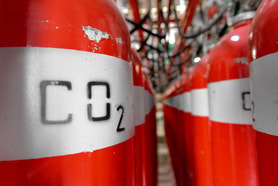COP29: A new dawn for carbon markets amid mixed outcomes
COP29 in Baku was a summit of contrasts – it delivered a complex mix of hope and disappointment, reflecting both progress and persistent gaps in global climate action. Amid the challenges, the breakthroughs on Article 6 of the Paris Agreement stood out, laying critical foundations for the voluntary carbon market to scale after years of gridlock.
The funding gap in climate finance
Developing countries arrived in Baku hoping to secure $1.3trn in annual climate finance to support their increasingly urgent climate change mitigation and adaptation efforts. Instead, the developed nations pledged a New Quantified Collective Goal (NQCG) of $300bn per year by 2035 – a significant increase from the prior $100bn but far short of the scale required.
While new contributions to the Loss and Damage Fund were welcome, the total falls well below what is needed to address the escalating impacts of climate change. As the impacts of climate change accelerate, the gap between what is pledged and what is needed grows increasingly stark.
... to continue reading you must be subscribed





















